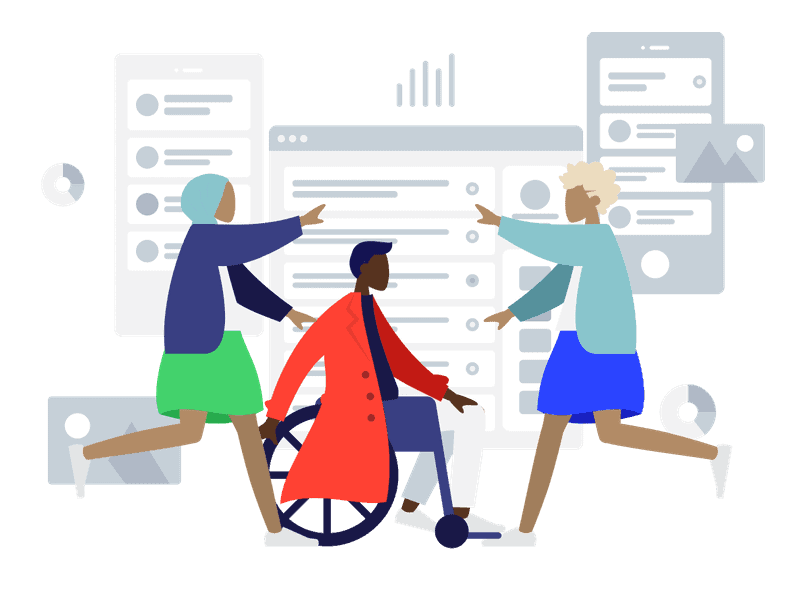PDF documents are pervasive in today’s digital world, widely used for distributing documents in a fixed format. While they maintain consistency across various devices and platforms, ensuring accessibility for individuals with disabilities poses significant challenges. PDF remediation tools aim to address these issues, making documents accessible to screen readers and other assistive technologies. However, navigating the world of PDF remediation tools is not without its challenges.
Learning Curve
PDF remediation tools often come with a steep learning curve. Many of the available tools require a deep understanding of PDF structure, tagging, and accessibility standards. Users need to be well-versed in the guidelines set by the Web Content Accessibility Guidelines (WCAG), as well as have a good grasp of how screen readers interpret PDF documents.
Inconsistencies Across Tools
There are numerous PDF remediation tools available in the market, each with its own set of features and capabilities. This diversity can lead to inconsistencies in the quality of remediation. What works well in one tool may not work as effectively in another, leading to varied user experiences.
Time-Consuming Process
PDF remediation is often a manual and time-consuming process. Even with advanced tools at their disposal, users need to go through the document meticulously to ensure that all elements are accessible. This includes checking and fixing reading order, adding alternative text to images, ensuring proper tagging of headings, lists, and tables, and more.
Complex Documents Pose Greater Challenges
Documents with complex layouts, multiple columns, or embedded multimedia elements present additional challenges for PDF remediation tools. Ensuring that these elements are accessible and properly tagged requires an advanced understanding of both the document’s structure and the remediation tool being used.
Cost of Tools and Training
High-quality PDF remediation tools can be expensive, and acquiring the necessary training to use them effectively adds to the overall cost. For many organizations, especially smaller ones or those with limited budgets, this can be a significant barrier to ensuring PDF accessibility.
Evolving Standards and Technologies
Accessibility standards and technologies are continually evolving. Keeping up with these changes and ensuring that PDF remediation tools are up to date can be challenging. Users need to stay informed about the latest developments to ensure that their documents meet current accessibility standards.
Conclusion
While PDF remediation tools play a crucial role in making documents accessible to all users, the challenges associated with using these tools cannot be ignored. From the steep learning curve and time-consuming processes to the inconsistencies across different tools and the challenges posed by complex documents, users need to be prepared to navigate these complexities. Investing in training and choosing the right tool for the job can go a long way in ensuring successful PDF remediation and, ultimately, creating a more inclusive digital world.

